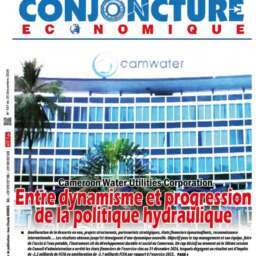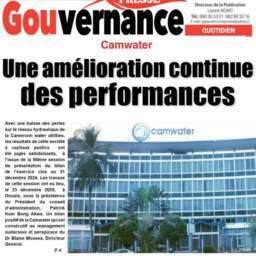As the calendar flips to a new year, leaders worldwide set resolutions to enhance their effectiveness, drive innovation, and foster a positive work culture. However, the real challenge lies not just in setting these goals but in ensuring they stick and lead to tangible changes in behaviour and organizational culture.
The Power of Temporal Landmarks for Leaders
Temporal landmarks, like the New Year, offer unique opportunities for leaders to reassess and redefine their goals. These landmarks provide psychological impetus, making long-term objectives more salient. This clarity often highlights the gap between current behaviours and desired outcomes, motivating leaders to initiate meaningful changes. For instance, a leader might reflect on their current team dynamics and envision a more collaborative and innovative future. Such reflection, spurred by the New Year, can be a powerful catalyst for change.
Evidence-Backed Strategies For Lasting Change
Katy Milkman’s research at the Wharton School provides robust evidence supporting this strategy. Her studies reveal that notable temporal markers initiate new “mental accounting periods,” essential in psychologically distancing one’s current self from past shortcomings. Moreover, contrasting the present state with an aspirational future can effectively align actions with expectations. Leaders can capitalize on this by transparently sharing their vision and existing challenges with their team, fostering collective commitment and readiness for change.
The Challenge Of Making Resolutions Stick
The notion of a ‘fresh start,’ such as the beginning of a new year, inspires positive behaviors like regular exercise or healthier eating habits. But how can leaders ensure these resolutions endure beyond the initial enthusiasm? It’s about finding regular ways to reignite that ‘fresh start’ feeling. A recent study on gym attendance led by DaiDAI +0.1% and others revealed a spike at the start of the year, followed by a gradual decline. This pattern is mirrored in organizational settings, where initial excitement about new goals gradually wanes.
Leadership In Action
Let’s consider how leaders can effectively harness this ‘fresh start’ effect:
- Regular Reflection Points: Just as the start of a new month or a birthday can be as motivating as the New Year, leaders can establish regular intervals (quarterly reviews, for instance) for reassessing goals and celebrating progress.
- Inclusive Goal Setting: Involving the team in setting and updating goals ensures buy-in and maintains momentum. This could be through regular team meetings or using digital tools for collaborative planning.
- Balancing Immediate and Long-Term Goals: Leaders face the challenge of balancing immediate operational needs with strategic, long-term objectives. Creating a roadmap that includes short-term milestones leading to long-term goals can help maintain focus and motivation.
- Utilizing Diverse Perspectives for Innovation: Leaders can leverage diverse perspectives in their teams to drive innovation. Encouraging team members to contribute ideas and solutions that may challenge conventional thinking can lead to breakthrough innovations.
- Encouraging Continuous Learning and Growth: Leaders can foster a culture of continuous learning by encouraging team members to pursue professional development opportunities. This not only aids in personal growth but also ensures the team stays adaptable and skilled to meet future challenges.
The Secret To Making Resolutions Stick
For leaders, New Year’s resolutions are more than just personal commitments; they are pledges to drive organizational success. Leaders can ensure that their resolutions translate into sustainable, positive change by leveraging the psychological impact of temporal landmarks, involving their teams in goal setting, and fostering a culture of continuous improvement. As we move into the year, it’s not just about sticking to resolutions but about adapting and evolving them to meet the ever-changing landscape of the business world.
Source: Forbes



































